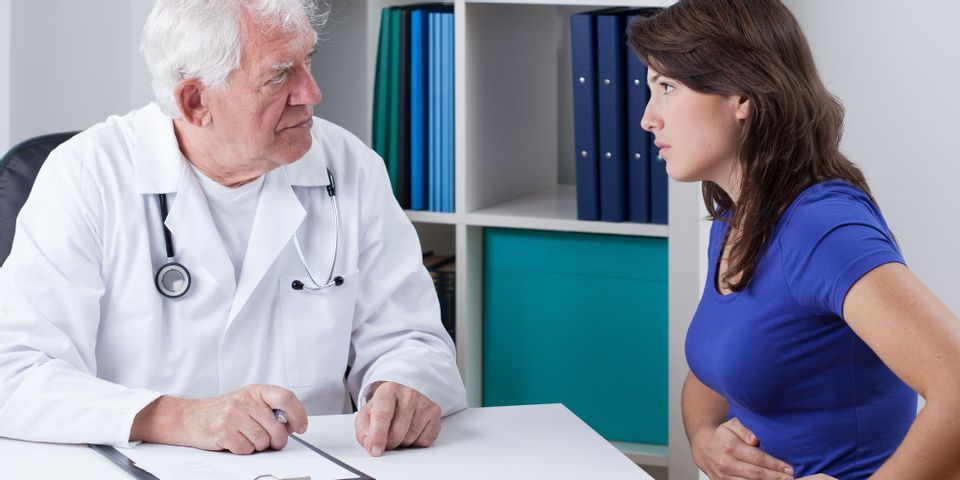
Your ovaries are an integral piece of the female reproductive system, since they produce the hormones estrogen and progesterone. Over their lifetime, an estimated 8 to 18% of women will develop ovarian cysts, which are fluid-filled sacs that form on the ovaries and cause a multitude of different symptoms. If you or your doctor suspects you may have an ovarian cyst, learn more about what to expect during diagnosis and treatment.
Understanding Ovarian Cysts
What Are the Signs of Ovarian Cysts?
It’s important to note that many instances of cysts don’t cause any symptoms and resolve on their own—sometimes you don’t even realize you have one. However, if larger cysts form, you may observe a variety of signs, including sharp pain on one side of your pelvis, fullness in your abdomen, and bloating.
What Causes Them to Form?
 Cysts on the ovaries can form for many reasons, but most commonly result from four different factors. Hormonal problems can cause functional cysts, which typically go away on their own. Women with endometriosis can develop cysts known as endometriomas, which develop when endometrial tissue attaches to the ovaries and forms growths. Pregnancy and the hormone fluctuations can also create cysts, while severe pelvic infections can spread to the ovaries and cause these sacs to form.
Cysts on the ovaries can form for many reasons, but most commonly result from four different factors. Hormonal problems can cause functional cysts, which typically go away on their own. Women with endometriosis can develop cysts known as endometriomas, which develop when endometrial tissue attaches to the ovaries and forms growths. Pregnancy and the hormone fluctuations can also create cysts, while severe pelvic infections can spread to the ovaries and cause these sacs to form.
What Are Their Side Effects on the Body?
More often than not, ovarian cysts will resolve on their own without any immediate treatment. They’re benign in nature and don’t typically pose any long-lasting health threats. However, larger cysts that cause fever, pain, or vomiting could indicate a rupture or more serious infection and should be evaluated by a physician immediately.
How Are They Treated?
Several solutions are available for treating ovarian cysts, ranging from medication to surgery. To help prevent them from developing, your doctor may recommend a birth control pill to help control your hormone fluctuations. If your cyst does not resolve on its own, the doctor may recommend laparoscopy or laparotomy. During laparoscopy, a small incision is made near the navel and then a small tool is inserted to remove the cyst. If you have a large cyst, your doctor may perform laparotomy, which involves a larger cut in the abdomen and removal and biopsy of your mass.
Ovarian cysts that cause pain or discomfort should be evaluated by a medical professional, which is why women trust the Women’s Wellness Center of New York in Manhattan’s Upper East Side for all their female reproductive healthcare needs. The caring doctors, including Dr. Tara Shirazian, specialize in female health services, ranging from regular exams to more extensive treatments for conditions like uterine prolapse and menopause. To learn more about their services, visit them online or call (646) 754-3300.
About the Business
Have a question? Ask the experts!
Send your question

